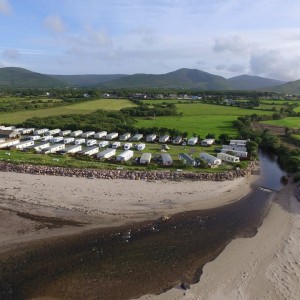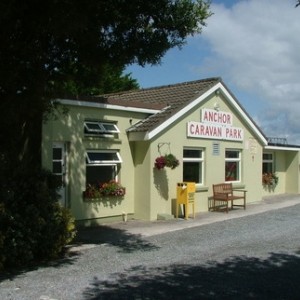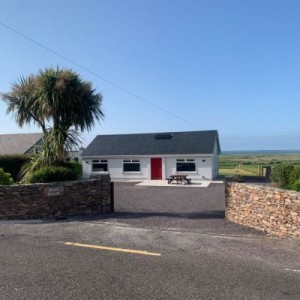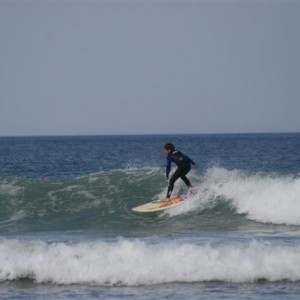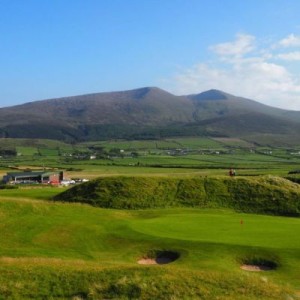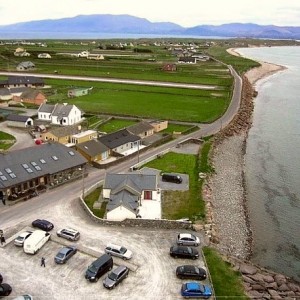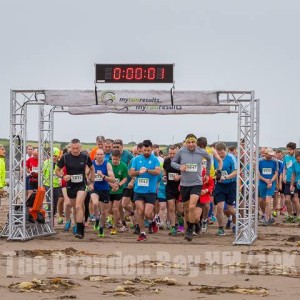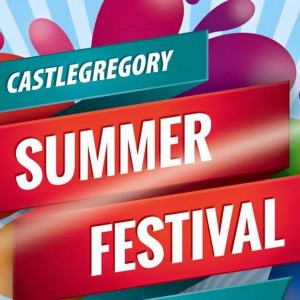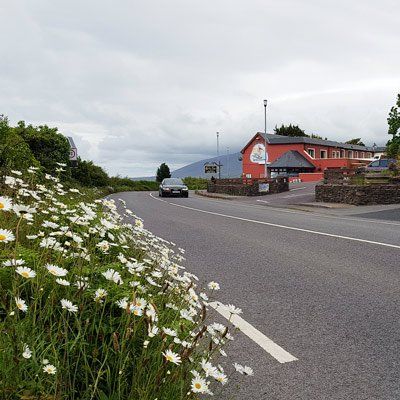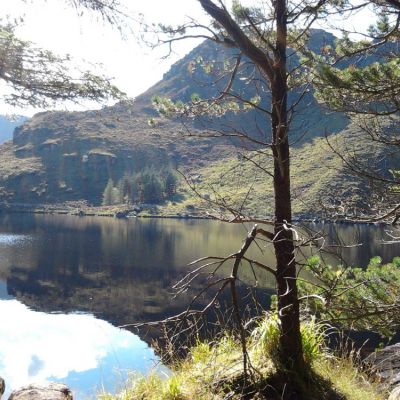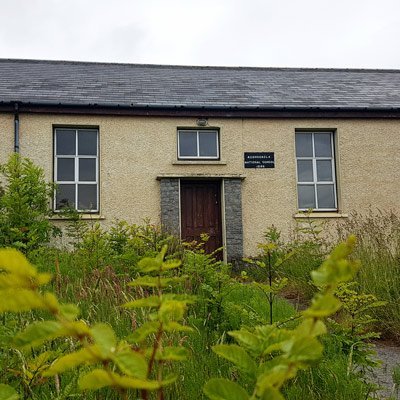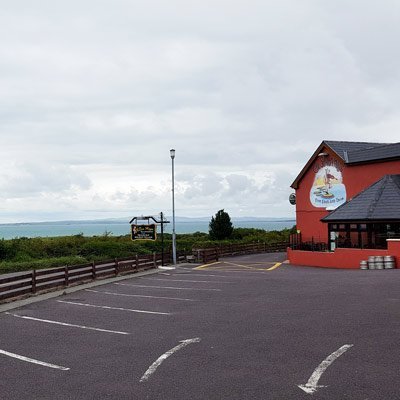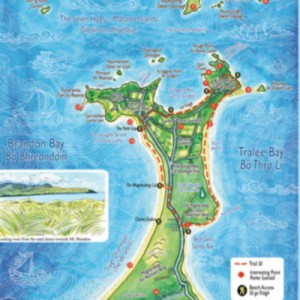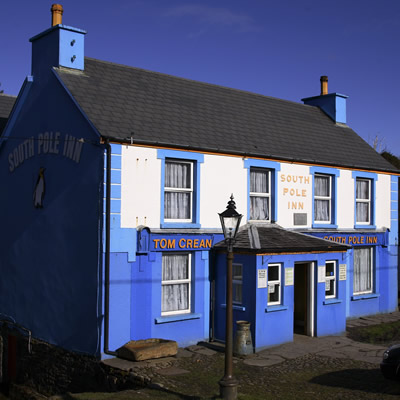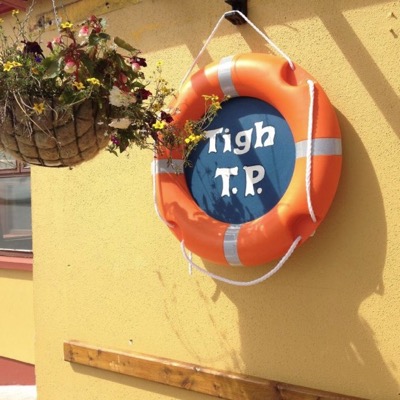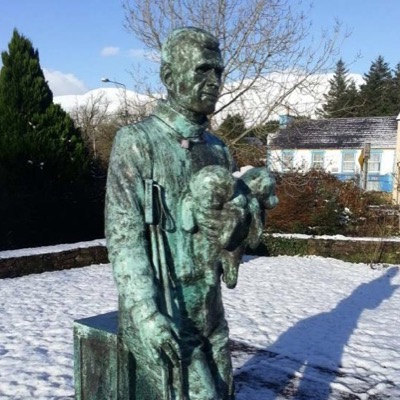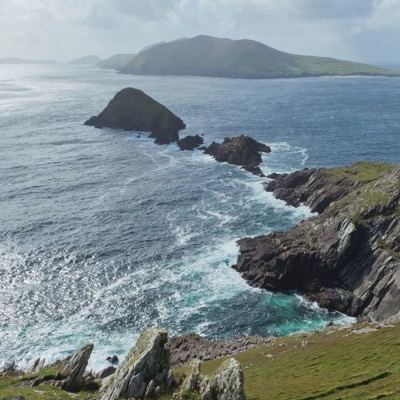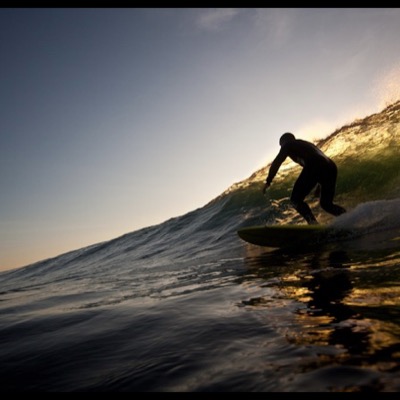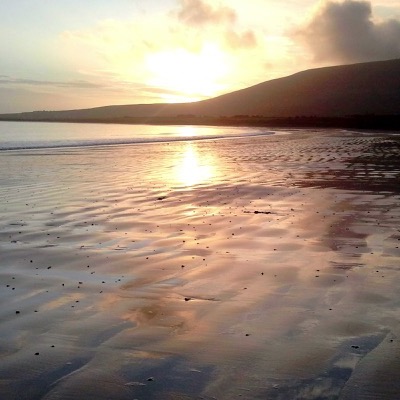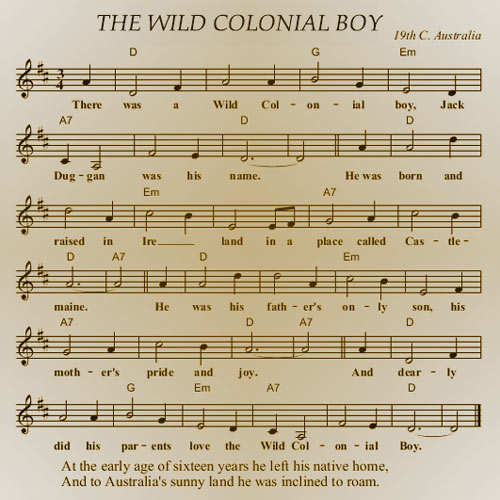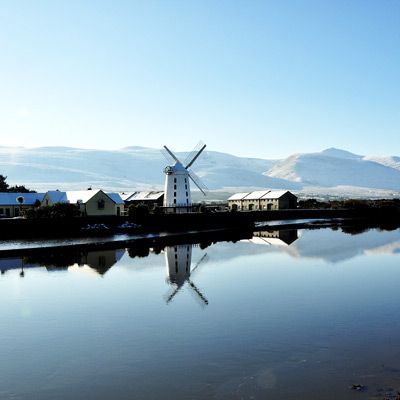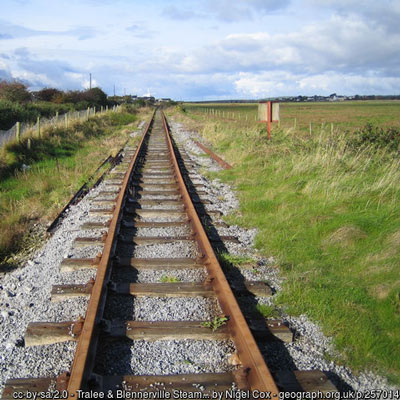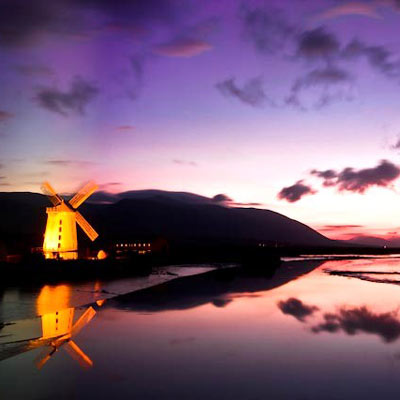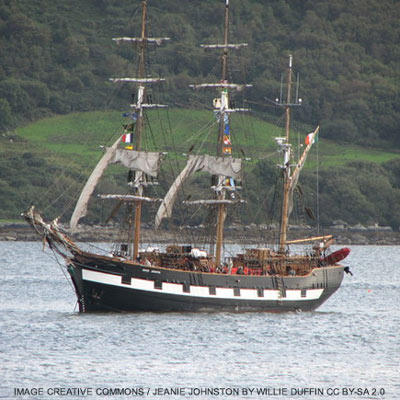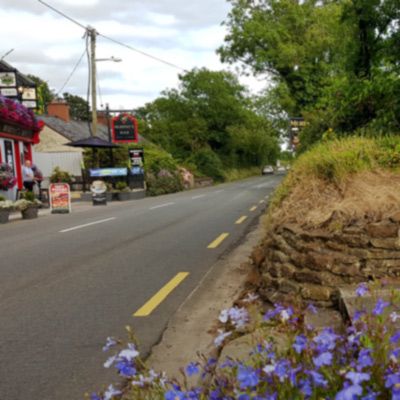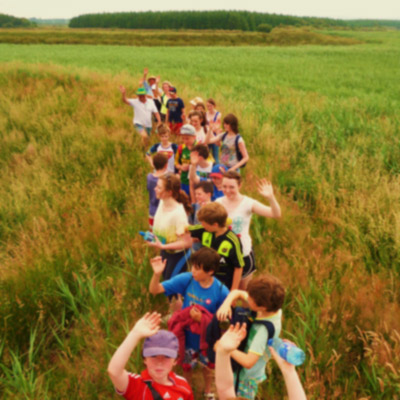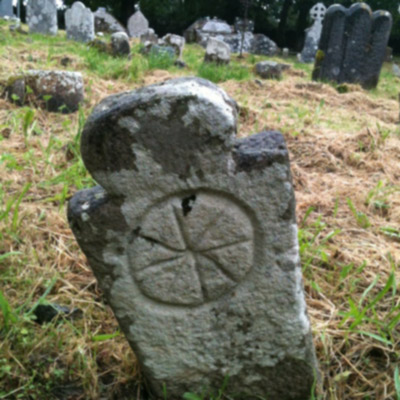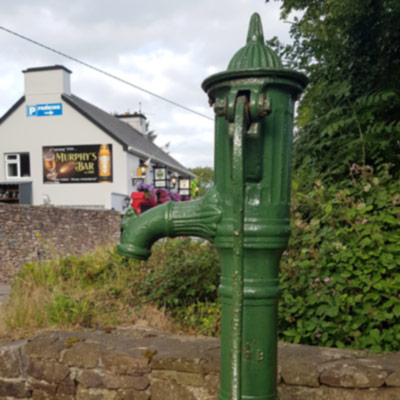Stradbally - An Sráidbhaile
Notice: Undefined variable: prefix in /home/dinglepe/new.dingle-peninsula.ie/templates/yootheme/vendor/yootheme/builder/elements/layout/templates/template.php on line 3
Stradbally - An Sráidbhaile
Known as “The Gold Coast” of the Dingle Peninsula...
Stradbally is located on the north shore of the Dingle Peninsula halfway between Tralee and Dingle on the spectacular Conor Pass drive. This north shore of the Dingle Peninsula is also known as “The Gold Coast”. it lies on one of Ireland’s longest beaches, which stretches 12 glorious miles (20 kilometres) in length from the Maharees westwards through Castlegregory to just short of Cloghane village. The Maharees Tombola and Castlegregory village are to the north east of the village. Castlegregory village offers services for holidaymakers with a community Tourist Information Office, a supermarket, local shops, cafes and a great food scene. Traditional Irish music can be heard in the village’s pubs, particularly in the summer months.
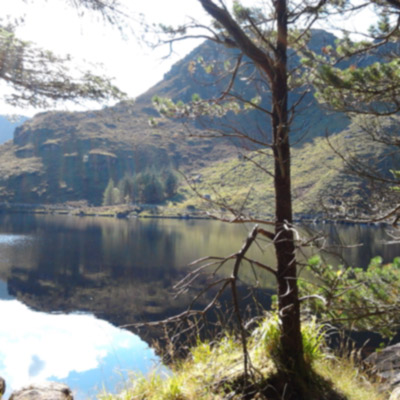
Glenteenassig
Nestled in a sheltered valley of the Slieve Mish mountains close to Castlegregory is the hidden gem of Glenteenassig Forest Park. With forest streams, lakes, waterfalls and dramatic cliffs there are also great views of Brandon & Tralee Bay and the Maharees. The Coillte run park is free to visit and has a selection of walks and picnic areas with good parking.
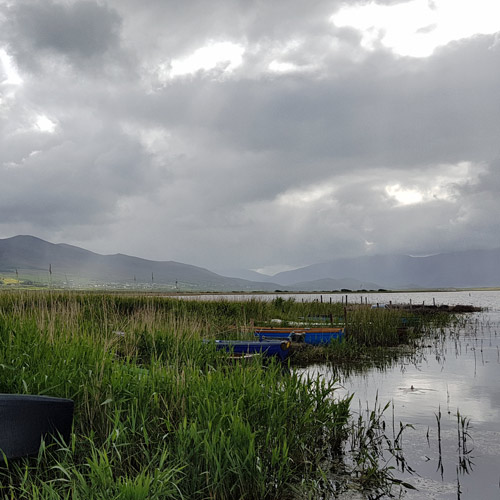
Lough Gill
This shallow freshwater lake is fed by the Killiney river and drains into Tralee Bay. 2.41km long and 0.8km wide the lake is populated with swans and ducks and fine brown trout which thrive in the alkaline waters. The area around the lake with sandy soil has a number of unusual plants.
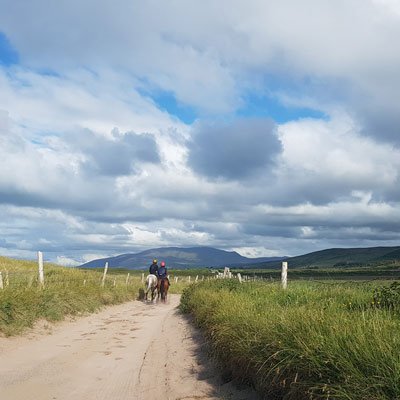
Outdoor Activities
There are many activities to enjoy in Stradbally with beautiful outdoor spaces on your doorstep and a superb 9 hole links golf course situated between the scenic Lough Gill and Brandon Bay. The north shore area is renowned for windsurfing, surfing, kitesurfing, and diving. Families can enjoy the wonderful beaches and summer camps of water based activities, festivals and events. See water activities

Stradbally Mountain
Stradbally village sits at the base of Stradbally mountain and it's twin peak Beenoskee. In a hollow between the two peaks is a high corrie lake called Lough Acummenn. From here the Stradbally river tumbles downhill through the village towards the beach, passing a lovely old stone bridge and church ruin and flowing into Lough Gill.
Stradbally mountain 798m can be climbed from the village. The recommended route is to climb the eastern shoulder of the mountain keeping the river on your right.
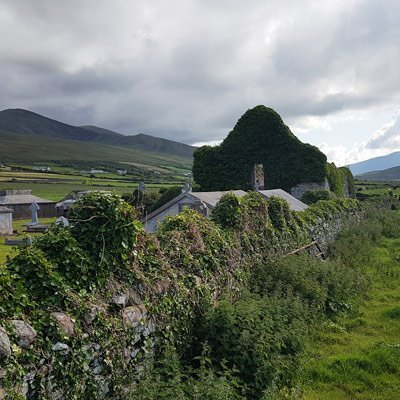
Stradbally Old Church
Below Stradbally village on the road down to the shore of Brandon Bay is an old graveyard. Standing on the western side of the graveyard are the remains of a late 15th /early 16th century church. Stradbally is documented as having a parish church in 1302. This church was in ruins by the 1750s and some of the stones may have come from an earlier church.
Castlegregory Brochure
Castlegregory Community have published a brochure with more information about activities, features and stories about this wonderful part of the Dingle Peninsula. The booklet /brochure is available from the Community office - click here to see the brochure in PDF format.
How to get to Stradbally
Directions:
From Tralee - 25kms 27 mins drive: Take the N86 west. At Camp Junction continue straight on the R560 Conor pass road to Stradbally.
Castlegregory
52.2585,-10.0166
Stradbally & Castlegregory - Directory
-
Stay
Where to stay in Castlegregory
-
See & Do
What to see and do in Castlegregory
-
Eat & Drink
Where to Eat and Drink in Castlegregory
-
Shop
Where to shop in Castlegregory
No items found. -
Festivals
Festivals & Events in Castlegregory

